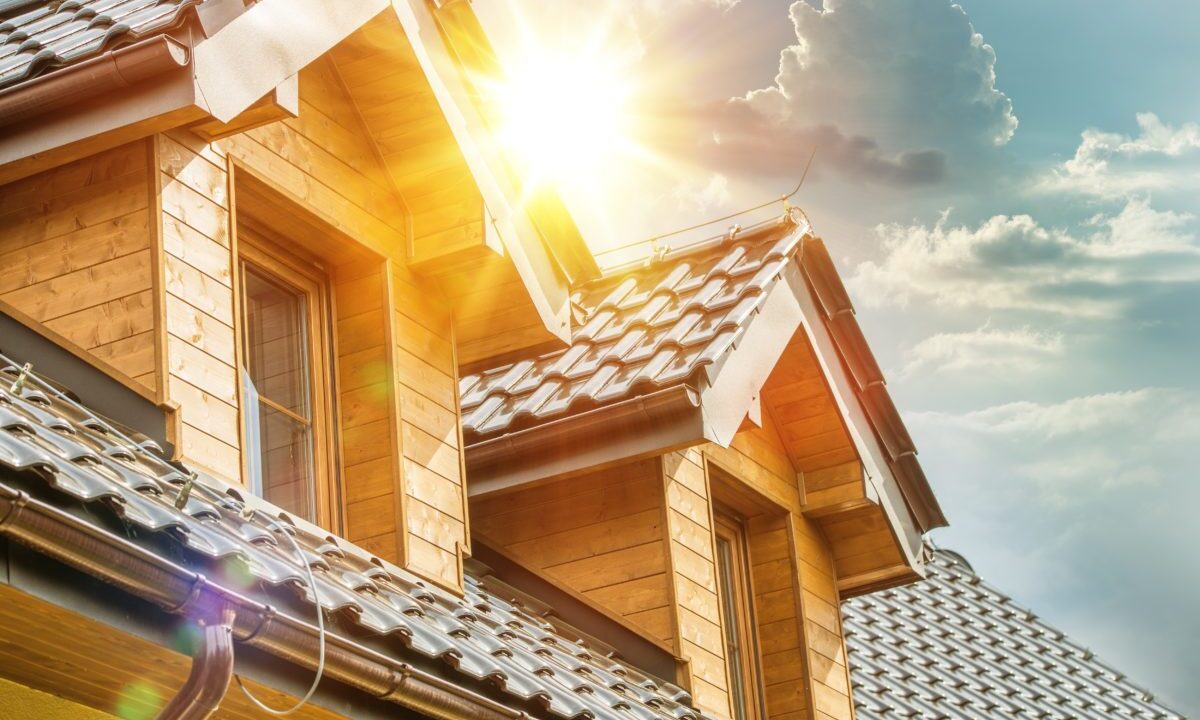We all know that working on roofs poses hazards. Not only do you have the risk of slips and falls, but you also must be prepared for exposure to harsh weather. I’ve met with hundreds of contractors and roofers who have navigated these challenges, and I’m pleased that our fall protection equipment has positively impacted safety for roofers.
The risk is still there, though, and that’s why I want to focus on roofing safety this month. Let’s start with a general overview of roofing hazards.
Potential Roofing Hazards
Most roofs are not designed for consistent foot traffic. While working as a roofer, you are required to tread across panels and structures that are potentially hazardous. You also need to use equipment to access roofs on a regular basis that, if not properly installed, could lead to slips and falls.
- Skylights: These structures can give if exposed to too much weight, not to mention skylights have edges that are trip hazards.
- Ladders: Ladders can easily become unstable if you don’t tie them off to a building or properly secure them.
- Debris: Especially after a storm, you’re likely to encounter debris on roofs that can pose a tripping hazard. Watch out for loose branches, leaves, tools and construction materials.
- Scaffolding/Equipment: Your roofers should be thoroughly trained on how to navigate roofs via scaffolding, power equipment, aerial work platforms, hatches and more to reduce the risk of fall hazards.
- Weather Conditions: In the dead of the summer, heat is a concern for roofers. Not only are your employees at risk of dehydration and overheating, many components may be too hot to handle. On the other hand, winter weather brings moisture, snow and ice that can be especially slippery.
- Exposure to Chemicals: One of the most overlooked hazards is the exposure to chemicals and toxins such as bird droppings, lead or asbestos.
Fall protection is critical. That’s why Malta Dynamics provides high-quality systems to safeguard your roofers. See for yourself how fall protection can enhance the safety of your roofing project.
Safeguarding Your Roofers
Accidents don’t need to be the norm – or even happen periodically – while working on rooftops. Consider these tips to make roof safety a top priority.
- Begin by inspecting the work area. Identify any potential dangers, such as unsafe access areas, power lines and cesspools. Remove any debris or loose tools that could pose a trip hazard and refrain from working on a wet roof, if at all possible.
- Make sure that all roofers are wearing safe footwear that offers the best possible traction. Proper footwear offers additional safety when climbing ladders, navigating skylights and guardrails and donning fall protection equipment.
- Set up all ladders on level, solid footing away from electrical wires and tie off the ladder with a secure plywood brace. Take additional precautions by anchoring the base of the ladder with stakes that are driven into the ground and ensure the ladder has a solid backing. Always have your roofers face the ladder when climbing, maintaining three points of contact for added safety.
- Wear eye protection when using roofing equipment, such as hammers and nail guns. When using air power, always opt for dry, clean compressed air and keep the tool properly maintained. When using knives, cut away from the body.
- Monitor your roofers for any heat-related illnesses. Many times, the heat of a roof can top well over 100 degrees. Make sure your staff is hydrating frequently. If you notice any signs of excessive fatigue, nausea, dizziness or confusion, seek medical attention as soon as possible.
Ultimately, the risk of falls from heights can be thwarted with careful precautions, proper use and inspection of equipment and a keen eye for spotting potential dangers. Using these tips, you can significantly enhance working conditions and reduce the risk of falls at height.

